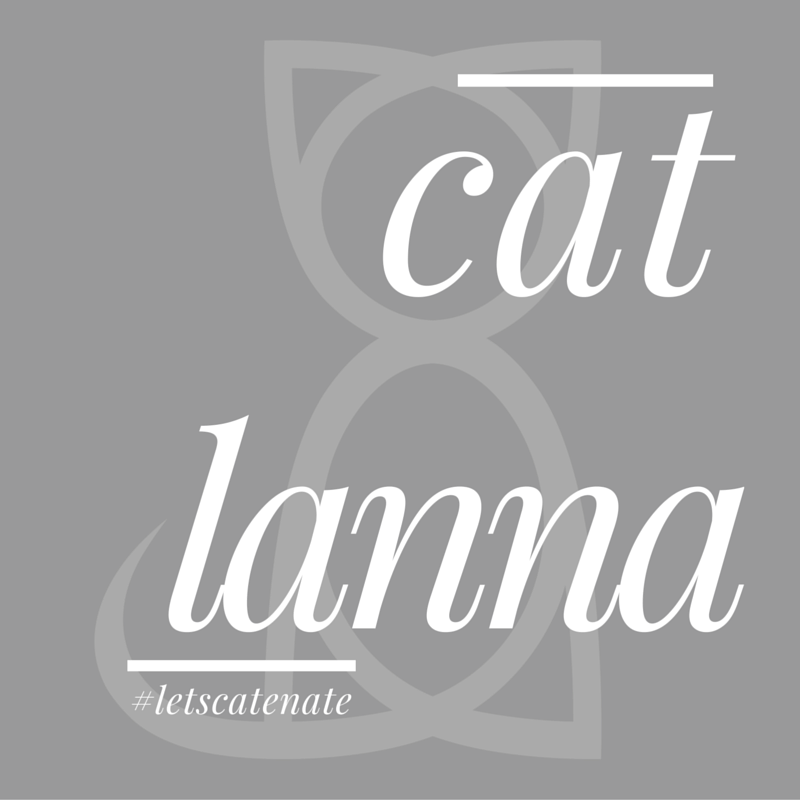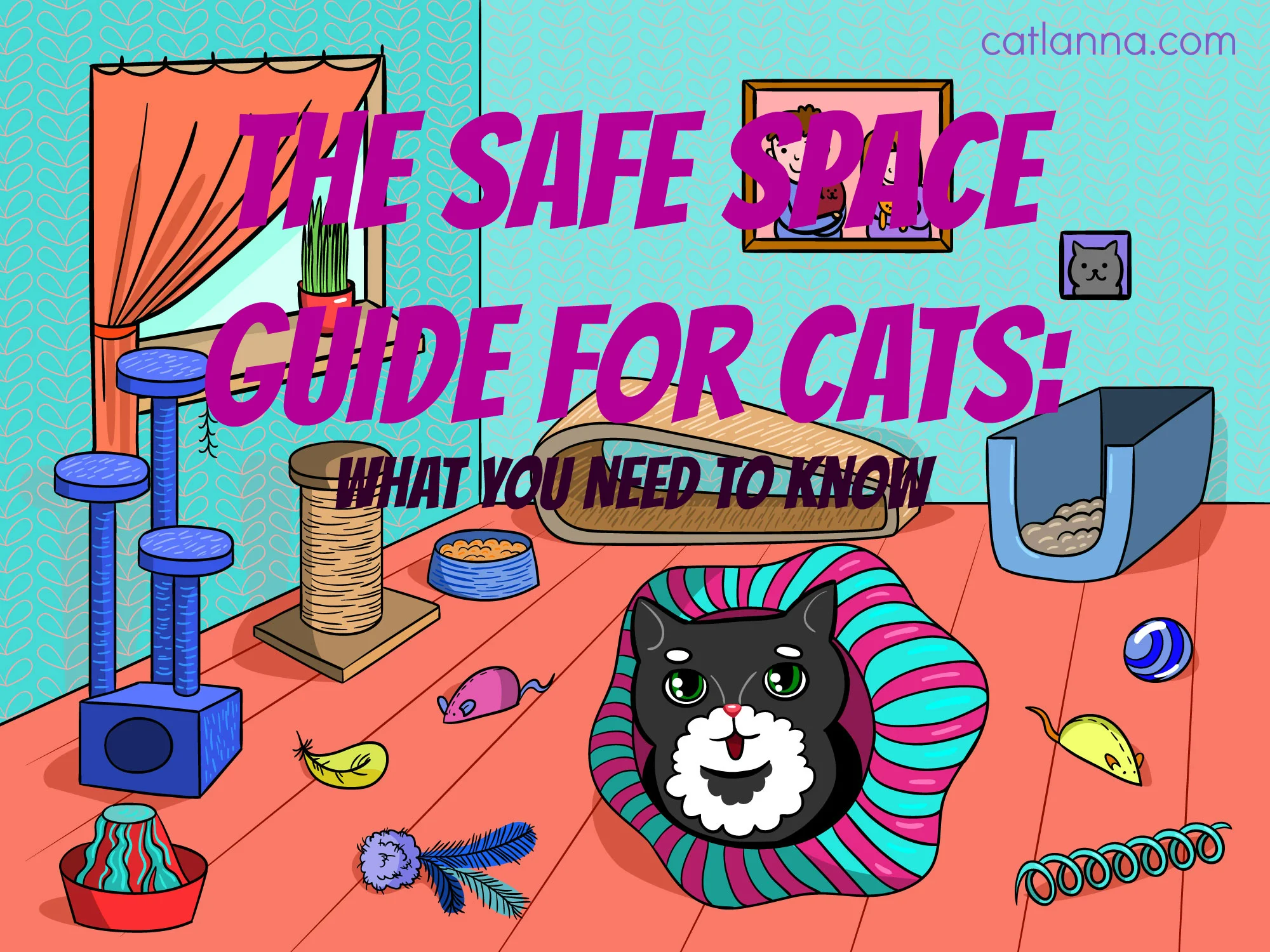The Safe Space Guide For Cats: What You Need To Know
There are several reasons why you might need to set up a safe space for your cat. It can be overwhelming, so I've decided to break it down in an easy-to-do guide complete with an illustration.
Why set up a safe space?
To create a closed-off area in your home where the cat can feel comfortable, confident and experience the least amount of stress possible. Your cat needs to adjust to a new schedule and form new habits in a controlled environment. In most cases, a safe space is temporary and your cat will be integrated into the household based on a behavior plan typically spanning anywhere from 2 weeks to 6 months.
What cats need a safe space?
Safe spaces are used for some cases of inappropriate elimination, inter-cat aggression, and/or bringing home a new cat.
Where to set up a safe space?
Choose a room that has access to a window (in some cases, you may need to cover the window to block visual access to stimuli), has preferred resting areas in and is not high-traffic. Do not pick the laundry room or mud room, where noise is a problem and there is a high probability of an escape. Most commonly, I suggest a guest room or study.
When to set up a safe space?
If any of your cats are in danger of injury or are under chronic stress, then it is time to set up a safe space. For signs of stress, look for dilated pupils, piloerection, licking lips, tense body, growling when in presence of certain stimuli (like another cat), etc.
Who goes into the safe space?
If you have several cats in your home, and are wondering who should go into the safe space, it is usually best to pick the less aggressive, less confident cat or the cat who is urinating/spraying in the house.
What happens in a safe space?
Based on your individual behavior modification plan, this will vary. Typically guardians will need scheduled play time, social time, and mark-reward training (most commonly known as clicker training). The cat will determine the pace of changes in their environment, not the guardian.
Property of catlanna.com. Sharing is caring, as long as the watermark stays on the image :)
What should a safe space look like?
Required:
- Closed Entry: No visual or olfactory access initially to other animals in the house.
- Litter Box: A litter box profile is suggested if problems include inappropriate elimination. Must be on opposite corner of food and water, and at least 3 feet between them.
- Water Bowl or Fountain: A fountain is recommended, unless cat prefers to drink from a bowl.
- Food Bowl: Scheduled feeding is preferred. Must should be placed a few feet away from water bowl/fountain. Outside of our homes, cats do not drink water near where they just ate a kill.
- Food Puzzle Toys: They are fun, and great for hunting behavior enrichment.
- Solo Play Toys: Furry mice, balls, feather toys, springs, kickers, etc are good options. Purrfect Play has some great options.
- Space for Interactive Play: Room should be 10' x 10' or larger, if possible. Da Bird is a great interactive play toy.
- Vertical Scratcher: Height should be 30" or taller.
- Horizontal Scratcher: Length should be 20" or longer.
- Cat Bed or Blanket: Should be in neutral color such as light blue, beige or ivory.
- Journal: For the guardian to write down what happens each day in the safe space.
Optional, but Recommended:
- Live Catnip Plant: It's fun to have enticing smells.
- Hiding Spots: This may be manipulated if working on confidence in a shy cat as per behavior modification plan.
- Chair for Human: For social sessions and comfort of the guardian, so they may read or work on their computer in the safe space.
- Essential Oils: Be sure to do your research, not all diffusion/application techniques or oils are safe for cats. Talk to your holistic veterinarian or expert for best recommendations.
- Outdoor Access to Secure Catio: Only for cats who enjoy being outside.
- Screen Door and/or Baby Gates: For process of re-introduction into the household based on the behavior modification plan.
As always, check with your general practitioner veterinarian for any dietary or medical changes that can be made, as well. Also, setting up safe space is best to be paired with a behavior modification plan constructed by a veterinary behaviorist or cat behavior consultant. Find qualified professionals at the IAABC or ask your local veterinarian.





